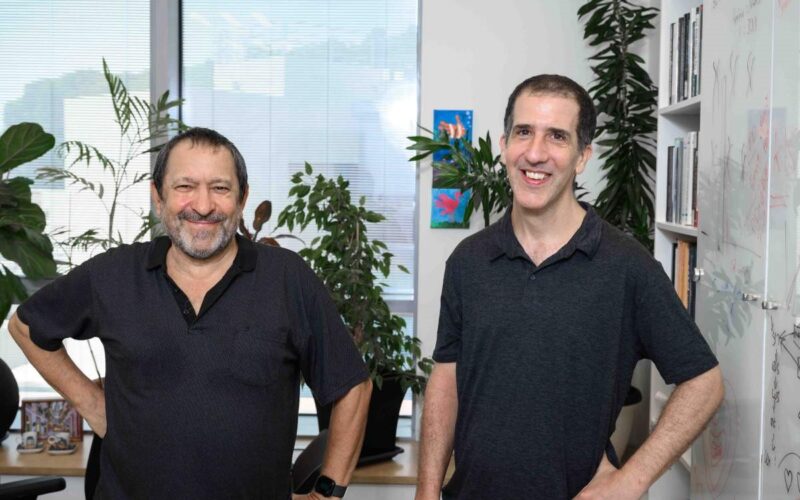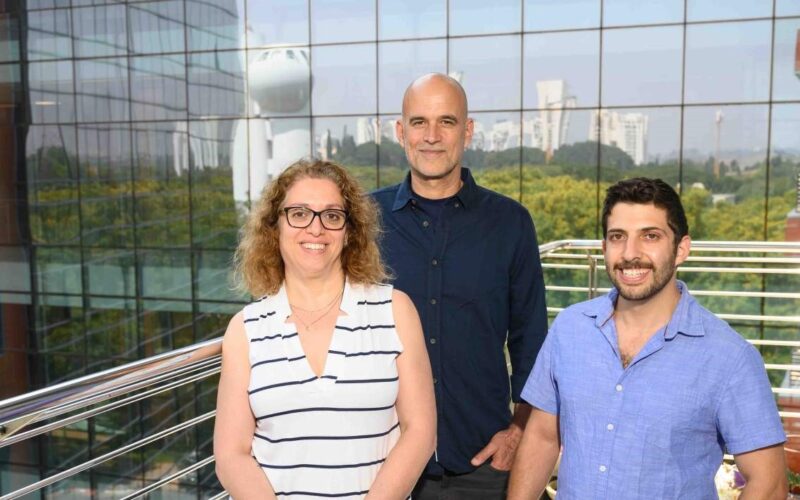
February 8, 2016
Following the recent discovery of an epilepsy gene called HNRNPU from a study of 500 children and adults with severe epilepsies, a joint University of Melbourne and Weizmann Institute of Research (WIS) project was funded for two years by Weizmann Australia* to investigate how this gene, once mutated, influences brain development.
Discovered by Professor Ingrid Scheffer’s team at the Florey Institute, University of Melbourne and United States collaborators at the University of Washington, the HNRNPU gene has opened doors for epilepsy research.
This research was particularly focussed on the epilepsy syndrome of Infantile Spasms which is a severe epilepsy that presents in infancy, typically between three and eight months. Understanding the effects of this gene mutation on the brain in early development was therefore a key goal of the Melbourne/WIS research which studied brain development in early postnatal mice.
The research manipulated the levels of HNRNPU in cells in a specific area of the embryonic mouse brain and followed the consequences of this intervention during its development. Simply put, the researchers tagged the targeted cells and watched them in the developing brain.
Results uncovered that the location of cells was affected – instead of neurons being created and destined to reach a certain part of the brain, they were found in another.
Overall the two year research to examine cell proliferation and changes following the manipulation of the HNRNPU gene, has opened up new research paths which the group are hoping to explore further and could yield considerable progress for understanding how epilepsy develops.
Epilepsy is one of the most common neurological disorders and can have a severe impact, especially for the one third of people in whom seizures are uncontrolled. Understanding the effects of this gene on brain development will help improve scientists’ knowledge of how and why seizures occur, the consequences on development and ultimately enable pinpointing the best time to introduce therapy to a patient.
Professor Scheffer visited WIS in Israel in April 2015 to participate in an international meeting on brain development led by WIS’ Professor Orly Reiner. The meeting brought together the world’s leading scientists in brain development and focused on how abnormalities of specific proteins alter brain development and lead to disorders such as epilepsy and intellectual disability. This visit provided an ideal setting in which to discuss the progress of their fruitful collaboration providing the first insights into the mechanisms underlying mutations of HNRNPU.
* These grants were funded by a group of Australian donors. We thank them for their generous and visionary support of this program.






